CWyatt
TPF Noob!
- Joined
- Jun 23, 2010
- Messages
- 59
- Reaction score
- 0
- Location
- New Zealand
- Website
- www.camuswyatt.com
- Can others edit my Photos
- Photos NOT OK to edit
Apologies if this has been brought up before, I couldn't find where it had as such, although this 'news' is from February.
For those unfamiliar, World Press Photo is one of the biggest international photojournalism competitions/showcases, and has an exhibition which tours the world on a huge scale.
Recently it came through my city, and I always head to it a few times. As usual, I liked and disliked some images, and was blown away by the quality of some. One I never really 'got' was the winner.
A friend recently directed me to the comments attached to the New York Times article (with images) here: Showcase: The Best in the World - NYTimes.com
Which include statements like this:
The World Press Photo of the Year is stunning for its lack of content or any other journalistic values. The jurys selection is yet another setback for a profession that is already in deep trouble. If that was the best of the best, they should have made no selection at all, and Im hoping next year will bring a more professional group of jurors.
The photo shows the beginning of something, the beginning of a huge story, jury chair Ayperi Karabuda Ecer said of the photo. Right. Well how about showing pictures of the story itself, and there were plenty of powerful images from the Iranian protests, if that was what they wanted to show.
A fellow photographer said it was like seeing a photo of Paul Revere putting on his shoes before his midnight ride. There are those of us who still want to see the ride, not thehaunting and eerily prescient prelude.
The guy who wrote that is David Hume Kennerly, a Vietnam war photographer and Pulitzer-prize winning photojournalist.
Another comment which caught my eye was this:
David Kennerly and Derek Hudson express well my astonishment (and I am a former magazine photo editor) of this choice for WPP Photo of the Year. Words are for expressing what already happened, might happen, could have happened. Photography is for expressing that 1/8th, 1/500th of a second slice of time in the form of a unique, powerful, dramatic, arresting moment that, informs the readerwhen it works its unique magic in a way that words can rarely duplicate. A picture is supposed to be worth a thousand words, not need a thousand words to supplement what it does not say. This choice disappoints completely.
I have no problem with photos that 'break the mold' if you will, images which are not standard photojournalism fare. But at the same time, photojournalists and editors one the whole want images that get the reader/viewers attention, that tell a story, that say something words can't. For me, this shot doesn't do that. I agree it needs so much context added with text, that it seems to lose the point of being a photojournalism image at all. Other issues include that the focus, the people, are so small it would be even less effective in print. One thing to point out is that this image was entered as part of a series, the jurors plucked it out as the photo of the year.
Interested in what others thought.
For those unfamiliar, World Press Photo is one of the biggest international photojournalism competitions/showcases, and has an exhibition which tours the world on a huge scale.
Recently it came through my city, and I always head to it a few times. As usual, I liked and disliked some images, and was blown away by the quality of some. One I never really 'got' was the winner.
A friend recently directed me to the comments attached to the New York Times article (with images) here: Showcase: The Best in the World - NYTimes.com
Which include statements like this:
The World Press Photo of the Year is stunning for its lack of content or any other journalistic values. The jurys selection is yet another setback for a profession that is already in deep trouble. If that was the best of the best, they should have made no selection at all, and Im hoping next year will bring a more professional group of jurors.
The photo shows the beginning of something, the beginning of a huge story, jury chair Ayperi Karabuda Ecer said of the photo. Right. Well how about showing pictures of the story itself, and there were plenty of powerful images from the Iranian protests, if that was what they wanted to show.
A fellow photographer said it was like seeing a photo of Paul Revere putting on his shoes before his midnight ride. There are those of us who still want to see the ride, not thehaunting and eerily prescient prelude.
The guy who wrote that is David Hume Kennerly, a Vietnam war photographer and Pulitzer-prize winning photojournalist.
Another comment which caught my eye was this:
David Kennerly and Derek Hudson express well my astonishment (and I am a former magazine photo editor) of this choice for WPP Photo of the Year. Words are for expressing what already happened, might happen, could have happened. Photography is for expressing that 1/8th, 1/500th of a second slice of time in the form of a unique, powerful, dramatic, arresting moment that, informs the readerwhen it works its unique magic in a way that words can rarely duplicate. A picture is supposed to be worth a thousand words, not need a thousand words to supplement what it does not say. This choice disappoints completely.
I have no problem with photos that 'break the mold' if you will, images which are not standard photojournalism fare. But at the same time, photojournalists and editors one the whole want images that get the reader/viewers attention, that tell a story, that say something words can't. For me, this shot doesn't do that. I agree it needs so much context added with text, that it seems to lose the point of being a photojournalism image at all. Other issues include that the focus, the people, are so small it would be even less effective in print. One thing to point out is that this image was entered as part of a series, the jurors plucked it out as the photo of the year.
Interested in what others thought.


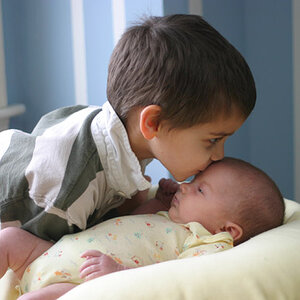
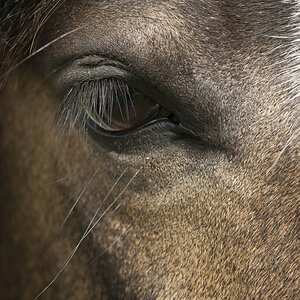
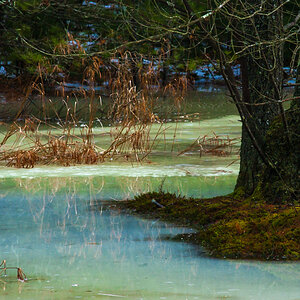
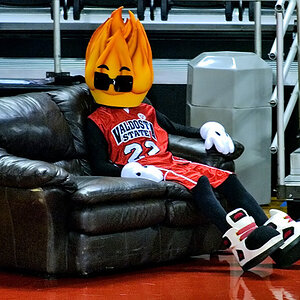
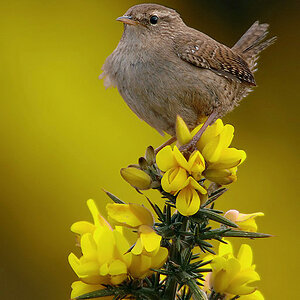
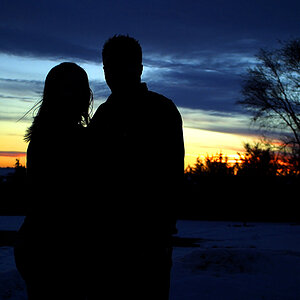
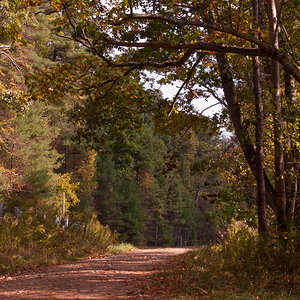
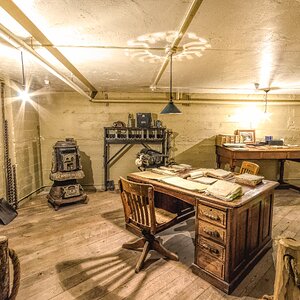
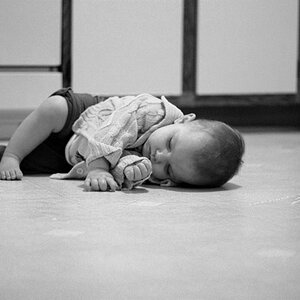
![[No title]](/data/xfmg/thumbnail/31/31012-f5e0c7cdea2f2c3e44737e3f61c2461a.jpg?1619734567)
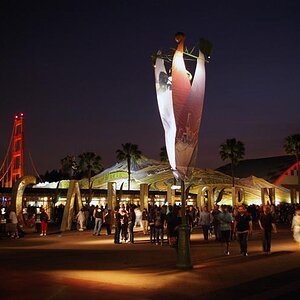
![[No title]](/data/xfmg/thumbnail/31/31035-96228fec87f6f8e8b5f3db4e93e99189.jpg?1619734580)